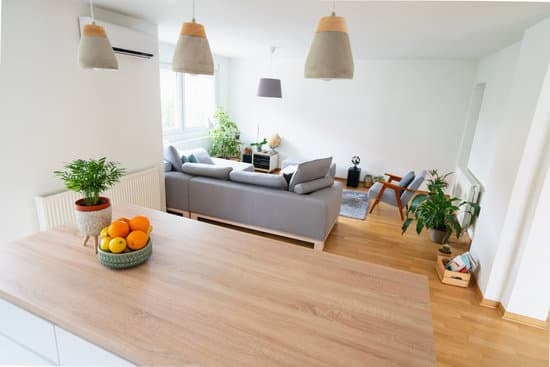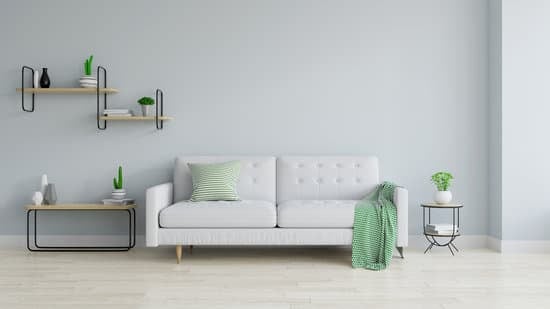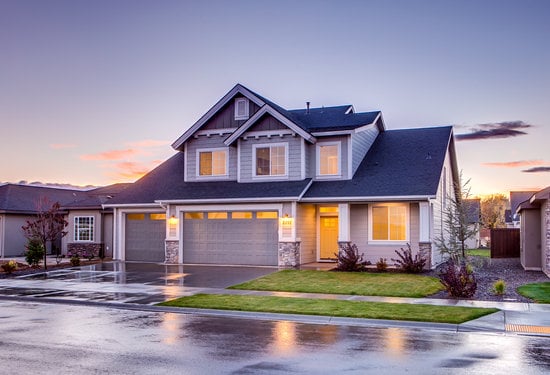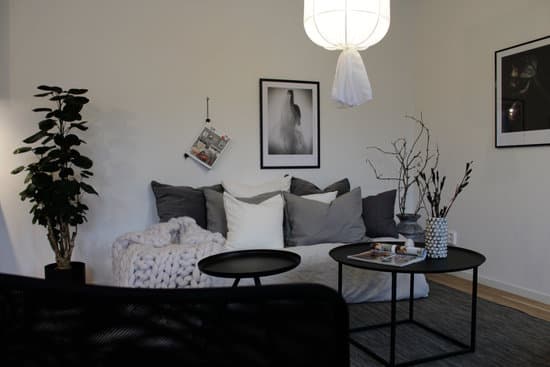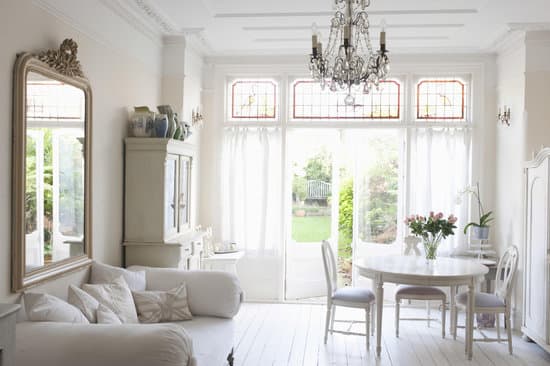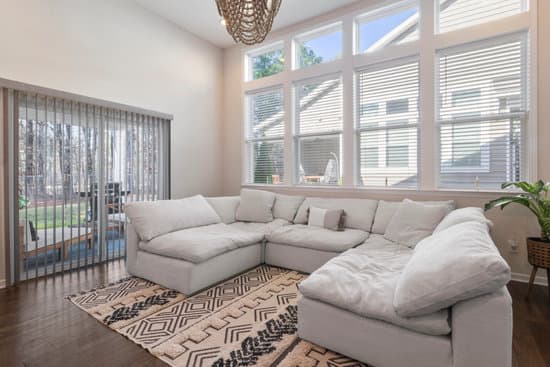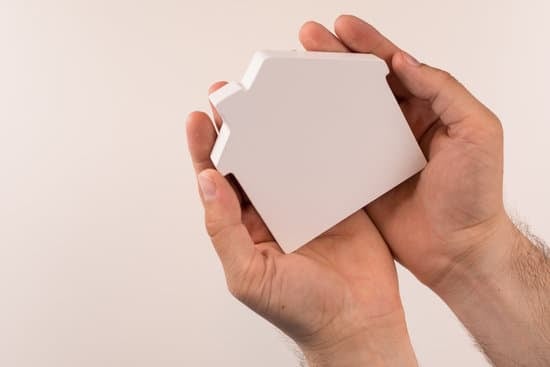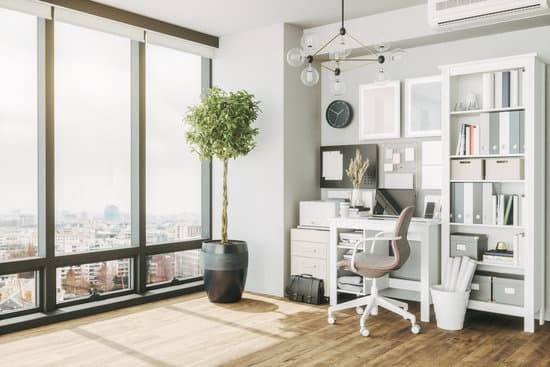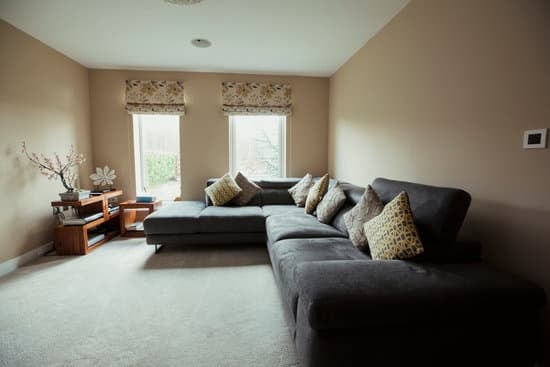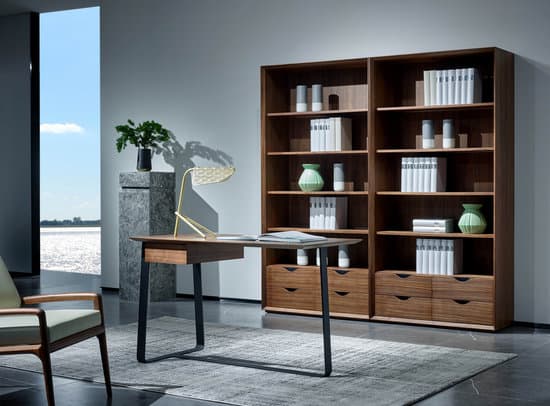Italian interior design is a style that heavily emphasizes beauty, elegance, and functionality. It’s characterized by the use of natural materials like marble, stone, and wood, clean lines, and minimalism. Here are some key features of Italian interior design:
Minimalism: simplicity is key in Italian interior design. The focus is on creating an uncluttered living space that’s easy on the eyes. This means that Italian designers tend to shy away from elaborate ornamentation, excess furniture and excessive decor.
Clean Colors: Italian interior designers tend to favor a modern, clean palette of colors that has white as the primary focal point. The walls in modern homes are usually white, while more vibrant hues like red are often used to add a splash of color. This color scheme is carefully chosen to create a serene, peaceful, and calming environment.
Natural materials: marble, stone, and wood are popular materials that are used in Italian interior design. These materials add a sense of elegance and luxury to the space while retaining the simplicity and minimalism.
Functional furniture: furniture pieces in an Italian designed space tend to be highly functional. They’re designed with an eye on both form and function, combining aesthetics with practicality. Contemporary Italian designers also focus on eco-friendly, sustainable materials that can stand the test of time.
In conclusion, Italian interior design focuses on creating a minimalist, serene, and functional living space that’s both beautiful and practical. It uses elements like natural materials, clean colors, and functional furniture to achieve this goal.
